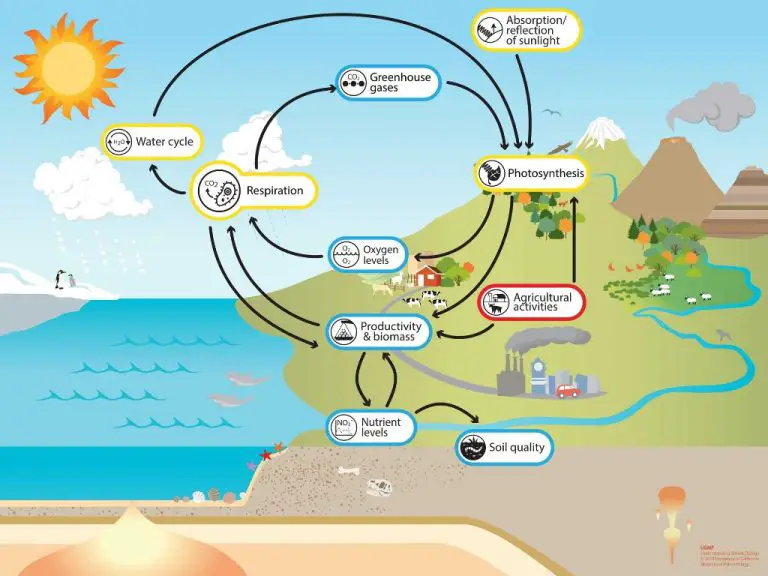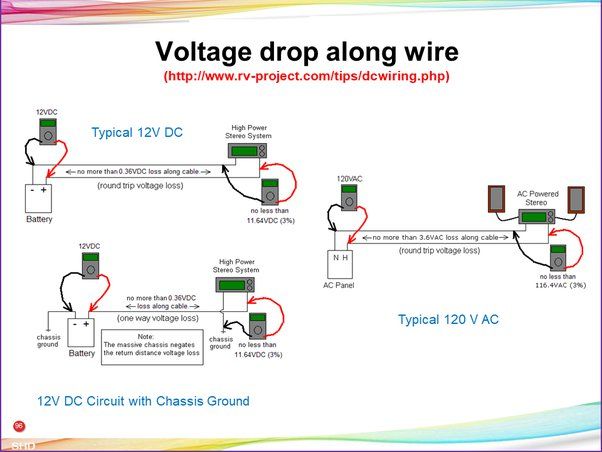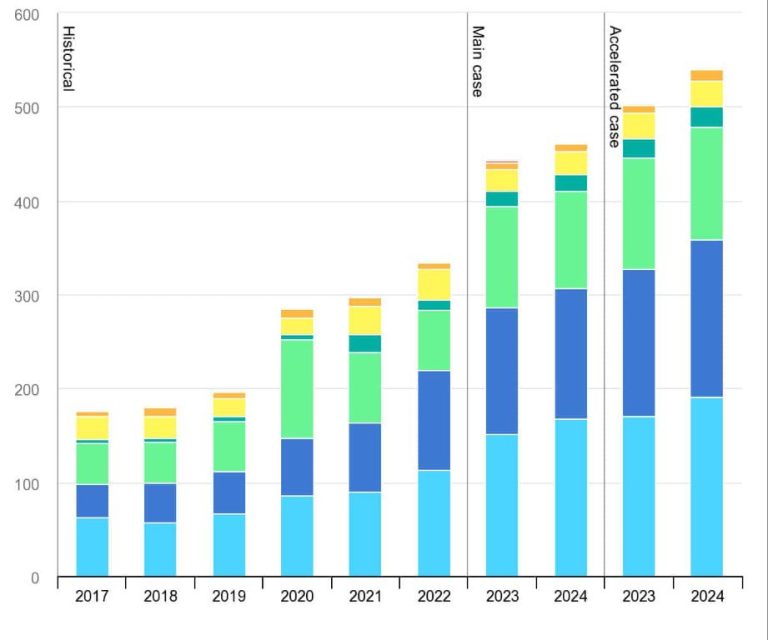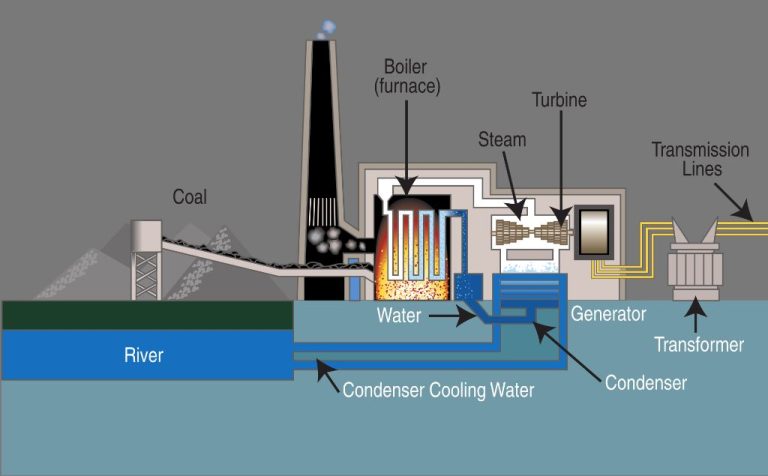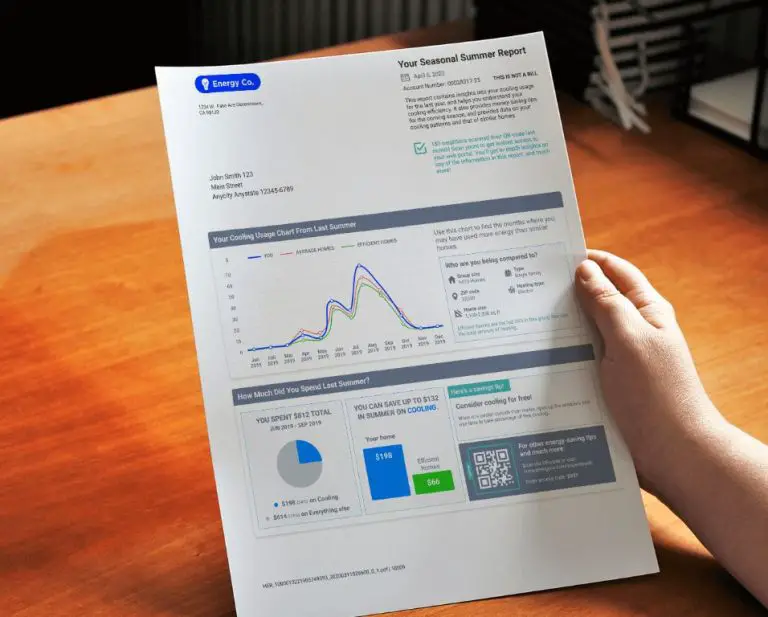Is The Sun Renewable Or Inexhaustible?
Introducing the Sun
The Sun is the star at the center of our solar system and the source of nearly all energy on Earth. It is a yellow dwarf star composed of hydrogen and helium gas. With a diameter of about 1.4 million kilometers, the Sun contains 99.8% of the mass of the entire solar system.
The immense gravity of the Sun holds the solar system together. The planets, asteroids, comets and other objects orbit around the Sun. Without the Sun’s energy, heat and light, life as we know it could not exist on Earth or the other planets.
The Sun provides the light and heat that supports almost all life on Earth. Plants rely on sunlight to grow. Sunlight also warms the planet’s surface and atmosphere, allowing liquid water to exist and driving weather systems and ocean currents. The Sun’s light enables photosynthesis in plants and plankton, which forms the base of the food chain.
The Sun’s Fuel Source
The sun produces energy through the process of nuclear fusion. At the core of the sun, extreme heat and pressure cause hydrogen atoms to fuse together to create helium. This fusion reaction releases an enormous amount of energy in the form of gamma rays and X-rays.
The sun contains a tremendous amount of hydrogen fuel – over 98% of the sun’s matter is hydrogen. In the inner 25% of the sun, the temperature reaches 15 million degrees Celsius. At these extreme temperatures, hydrogen nuclei move fast enough to overcome their electrical repulsion and fuse together.
With each fusion reaction, a small amount of mass is lost and converted into energy as per Einstein’s famous equation E=mc2. This liberated energy makes its way outward from the core, taking over a million years to reach the surface of the sun and be released into space. The massive amount of hydrogen fuel in the sun allows this nuclear fusion process to continue steadily for billions of years.
Lifespan of the Sun
The Sun has been around for about 4.6 billion years and has enough hydrogen fuel to continue burning for approximately 5 billion more years. After this time, the Sun will have exhausted its supply of hydrogen and will go through some dramatic changes during the last phases of its life cycle.
The Sun’s lifespan can be divided into three main stages:
Main Sequence Stage (current stage)
This is the adulthood phase of the Sun, where nuclear fusion converts hydrogen into helium at its core. The Sun has been in this stable phase for about 4.6 billion years and will remain so for another 5 billion years.
Red Giant Phase
As the Sun runs out of hydrogen fuel, its core will contract and heat up, causing its outer surface to expand over 100 times its current size. This red giant phase will last around 1 billion years.
White Dwarf Phase
After the outer layers of the Sun are ejected, the core will cool and condense into an extremely dense, Earth-sized white dwarf that will gradually fade away over trillions of years.
Is the Sun Renewable?
Renewable energy comes from natural sources that are constantly replenished. The five renewable sources used most often are:
- Solar – Energy from the sun.
- Wind – Air flow that turns wind turbines.
- Hydropower – Flowing water that turns turbines.
- Biomass – Organic material from plants and animals.
- Geothermal – Heat from inside the earth.
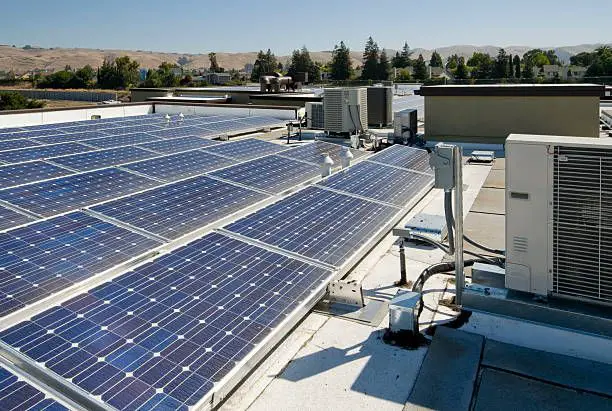
These sources are considered renewable because they are naturally replenished on a human timescale. The energy from the sun that reaches the Earth is renewable, as sunlight will continue shining indefinitely as long as the sun exists.
The process that allows the sun to produce energy, known as nuclear fusion, converts hydrogen atoms into helium atoms in the sun’s core. This process releases energy that sustains the sun and sunlight that reaches Earth. As long as the sun has hydrogen fuel to burn, it will continue emitting renewable solar energy.
Is the Sun Inexhaustible?
An inexhaustible resource is one that cannot be depleted or used up. This term is most often applied to renewable resources like solar energy, wind power, hydropower, and geothermal energy that are constantly replenished naturally.
The sun produces its energy through nuclear fusion reactions in its core. These reactions convert hydrogen into helium, releasing enormous amounts of energy in the process. The sun contains enough hydrogen fuel to continue burning for approximately another 5 billion years. So while the sun’s fuel source is finite, it is essentially inexhaustible from our perspective here on Earth.
The amount of solar energy that reaches the Earth is more than 10,000 times our current global energy needs. Even with significant growth in solar power generation, we cannot realistically deplete the sun’s energy supply. The sun will continue shining and providing Earth with sunlight for billions of years to come. In this sense, solar energy is an inexhaustible resource when considering human timescales.
Scarcity of Solar Energy
While the sun provides an enormous amount of energy, there are limitations and costs associated with harnessing that energy for human use. The amount of solar energy that reaches Earth’s surface is vast, but it is diffuse and variable. Capturing and converting that solar energy into usable electricity requires a significant investment in infrastructure such as solar panels and battery storage.
The amount of sunlight that arrives at any location on Earth depends on latitude, time of day, season, and weather conditions. Solar energy is an intermittent resource, meaning it is not available 24/7. Solar panels do not produce energy at night, and output varies with cloud cover and other environmental factors. Even in consistently sunny areas, solar panels may only operate at 10-25% of their maximum capacity due to these issues.
Land constraints are another challenge, as solar installations require large areas to capture enough sunlight. Rooftop solar on homes and businesses can only provide a fraction of most energy needs. Utility-scale solar farms take up considerable space that could otherwise be used for other purposes. There are also costs associated with connecting remote solar farms to the electrical grid.
Despite these limitations, investments in solar technology and battery storage continue to improve efficiency and capacity factors. But inherent constraints on harnessing the sun’s energy mean we will always have to weigh the costs and land requirements against the benefits. The sun’s energy may be renewable and vast, but it is not inexhaustible from a practical standpoint here on Earth.
The Future of Solar Energy
As solar technology continues to advance, solar power is expected to play an increasingly significant role in meeting the world’s energy needs. Scientists are working to improve solar cell efficiency and reduce manufacturing costs through new materials and techniques like perovskite solar cells and quantum dot solar cells. Within the next decade, increases in efficiency could make solar power cost-competitive with fossil fuels.
New solar designs are also emerging, like solar windows and solar roads, that could greatly expand where we can harness sunlight. Solar may even eventually be a viable power source for interplanetary travel. While the sun’s energy itself is fixed, our ability to utilize that energy here on Earth is steadily improving.
Solar Power on Earth
Solar power has seen tremendous growth worldwide in recent years. As of 2021, the global solar power capacity stood at over 820 gigawatts, generating around 3% of the world’s electricity. The top countries utilizing solar power include China, the United States, Japan, Germany and India. China alone accounted for over 35% of the world’s total installed solar capacity in 2021. The U.S. had over 122 gigawatts of solar capacity in 2021, producing enough electricity to power 23 million homes. Solar is the fastest growing renewable energy source globally, with annual installations more than doubling since 2015. The dramatic drop in solar panel costs over the past decade has made solar power competitive with fossil fuels in many markets. With solar technology improving and costs continuing to fall, solar power is projected to grow exponentially worldwide and play a major role in the global transition away from fossil fuels.
Benefits of Solar Power
Solar power provides many important benefits from an environmental, economic, and social perspective. Environmentally, solar energy generation produces no greenhouse gas emissions or air pollution. As a renewable resource, solar power helps preserve finite fossil fuel reserves and reduces dependence on conventional power plants that contribute to climate change. Economically, the cost of solar power has decreased dramatically in recent years, making it more affordable and competitive with conventional energy sources. Solar energy systems can also provide jobs and business opportunities in renewable energy.
Socially, solar power advances energy access and independence. Solar panels can provide electricity to rural or underserved communities that lack connection to the utility grid. Homes and businesses with solar panels can produce their own electricity, reducing reliance on the grid. This decentralized model creates energy independence and resilience. With battery storage, solar power can provide backup energy during grid outages. Overall, solar energy delivers ecological, financial, and social benefits that demonstrate its vast potential to help create a clean and equitable energy future.
Conclusion
In summary, while the Sun’s nuclear fusion process is expected to continue for billions of years, the Sun is ultimately a finite resource and will one day come to the end of its life cycle. The hydrogen fuel that powers the Sun through nuclear fusion is being consumed over time. Therefore, the Sun cannot accurately be described as inexhaustible or renewable in the long term.
However, in terms of human timescales, the Sun provides an almost limitless supply of energy. The amount of solar energy that hits the Earth’s surface in one hour is more than the entire world uses in a year. Even though solar energy is finite, for all intents and purposes it provides an effectively inexhaustible source of renewable power for human needs.
Solar power offers many benefits as an emissions-free, renewable energy source. Transitioning to greater reliance on solar energy can help combat climate change, reduce air pollution, and promote energy independence. While the Sun will not burn forever, solar power represents our best hope for clean, sustainable energy for the foreseeable future.

